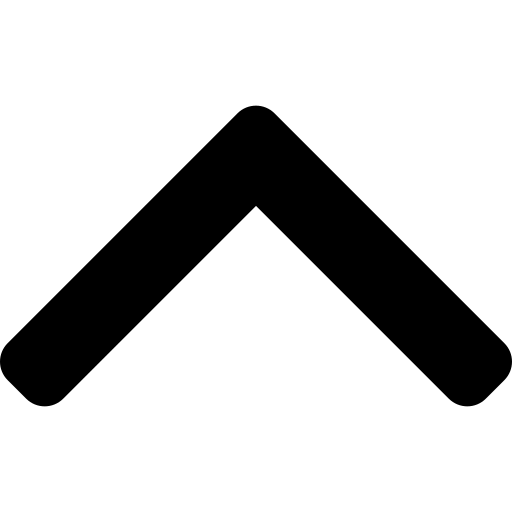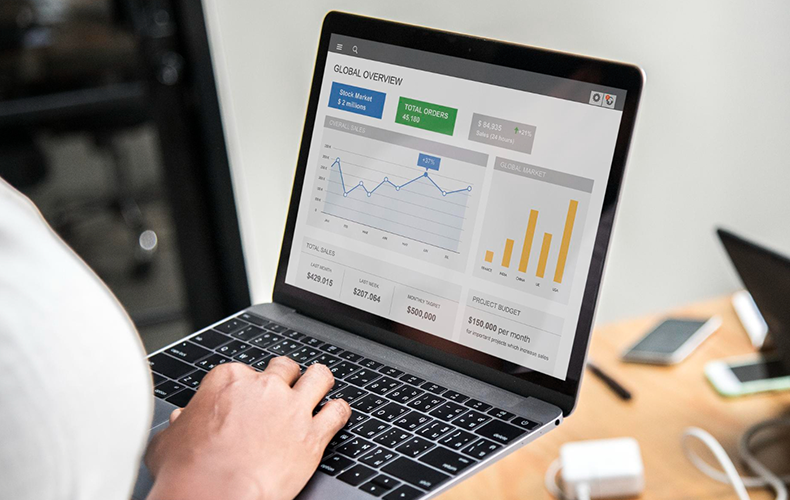


Clicks, views, and costs are displayed in your advertising cabinet. However, no bids are made. Or they don't matter. Or they are so costly that calling the client directly would be more convenient. Something went wrong.
Many advertisers point the finger at the platform, saying things like "Google Ads is a drain" and "Facebook doesn't work." In practice, the reason is nearly always deeper and can be found in the campaign logic, analytics, landing pages, and strategy.
Listed below are seven (now eight) signs that advertising isn't helping you and how to handle it.
In ten minutes, you can start generating traffic, particularly on Facebook. But it's like shooting in the dark if you don't have a plan. Setting up a campaign for widespread interest and then waiting for a miracle is a common mistake. Alternately, copy someone else's advertisement and hope it "clicks."
Goals are the first step in the solution. Do you want to receive calls, applications, purchases, or subscriptions? Who is your target audience and what situation are they in when they are making a choice? In the absence of these solutions, advertising will be expensive and ineffective.
Numerous objectives are available on platforms: traffic, engagement, video views, and conversions. Additionally, they frequently select "traffic" to indicate that someone arrived. However, "came" ≠ "left a request."
The situation is the same with Google Ads. Campaigns are often run for clicks rather than conversions. They are also taken aback by the lack of sales. Only a clear connection—goal → event → result—gives the actual outcome.
Banners are no longer visible to users. Your creative will simply be clicked through if it is a stock photo with generic text. People want to see a solution to their problem, not just "ads."
Native, live, unconventional creatives work on TikTok, Instagram, and even LinkedIn. Anything that stands out from the feed, including provocations, "out of life" videos, memes, and user-generated content. The formula is: attract attention, pique interest, and then take action.
You lose money if the advertisement directs users to the home page. Someone won't search for the location of a request. He is awaiting a landing page with a single call to action on TikTok. A quick landing page on Facebook. A page in Google that is pertinent to the search term.
Verify: how many steps are required to submit a request? Two or more is a lot. Create a single page with a single goal. Maximum specificity, minimal distractions. Additionally, ensure that it loads in no more than three seconds.
A front door is analogous to an application form. No one will come in if it's too big, unintelligible, and data-intensive. Particularly in mobile advertising, where each click is extremely valuable.
Just what you need is the best general rule. One CTA, name, and phone number or email. No "select 12 parameters," "specify position," or signature-free fields. As well as test auto-forms and simple lendings.
Ads accounted for how many submissions? Which website is it from? Which advertisement? Advertising is like playing a game at the casino if you are unable to respond to these questions.
Prepare your base: UTM tags, GA4 goals, Meta and Google Ads conversion tracking, and CRM. In order for the algorithms to begin identifying your customers, make sure to link offline conversions. Additionally, keep in mind that data is just numbers without interpretation.
From the first impression, a lot of advertisers anticipate that a bid will be placed. However, the majority of clients follow the "saw → got interested → thought → came back → left an application" path. If this path isn't built, requests will be made at random.
Use chaining and remarketing in Meta. Lookalike and RLSA on Google. Create a content funnel. Warming up involves guiding the client toward a decision step-by-step rather than "racking up views."
Every platform has its own set of guidelines. Relevance to the page and keywords are crucial in Google. Visuals, interests, and a funnel are in Meta. It all comes down to positioning and the accuracy of the offer on LinkedIn. In search, what works on Instagram won't work.
Do a quick check:
Clicks are not the focus of PPC. Every component of the system reinforces the one before it: strategy → offer → creative → lending → analytics. And the effect doesn't show up until everything is in harmony.
If you find that your situation matches the one described in this article, check the foundation first before turning off advertising. Often, the platform isn't the issue; it's the logic: you set up the wrong thing, the wrong way, and in the wrong place.
No recent posts found.